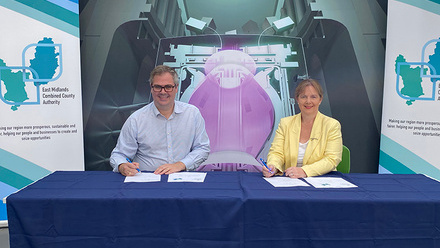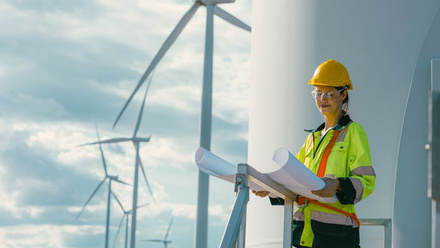IOM3 welcomes latest IPCC report recognition of circular economy
The third instalment of the IPCC’s Sixth Assessment Report cautions against reducing effort in the fight against the climate crisis, noting that emissions can still be halved by 2030.

In 2010-2019 average annual global greenhouse gas emissions were at their highest levels in human history, but the rate of growth has slowed. However, without immediate and deep emissions reductions across all sectors, limiting global warming to 1.5°C is beyond reach.
The latest Intergovernmental Panel on Climate Change (IPCC) report released on 4 April notes sustained decreases of up to 85% in the costs of solar and wind energy, and batteries. An increasing range of policies and laws have enhanced energy efficiency, reduced rates of deforestation and accelerated the deployment of renewable energy.
IOM3 CEO Dr Colin Church welcomed the report and said, ‘This report highlights the scale of the challenge facing humanity, but makes it clear that we can still act in time. It is also welcome that the IPCC has recognised the importance of efficient materials use – moving to a more circular economy is a key element of meeting this challenge, and our members are uniquely placed to contribute to this.’
The report notes that humanity has options in all sectors to at least halve emissions by 2030 and cautions that mitigating global warming will require major transitions in the energy sector. This will involve a substantial reduction in fossil fuel use, widespread electrification, improved energy efficiency, and use of alternative fuels (such as hydrogen).
Cities and urban areas also offer significant opportunities for emissions reductions. These can be achieved through more compact cities and lower energy consumption. Zero energy or zero-carbon buildings are becoming more common and construction can play a vital part in keeping warming to below 1.5°C.
Reducing emissions in industry will involve using materials more efficiently, reusing and recycling products and minimising waste. For basic materials, including steel, building materials and chemicals, low- to zero-greenhouse gas production processes are at their pilot to near-commercial stage.
This sector accounts for about a quarter of global emissions. Achieving net zero will be challenging and will require new production processes, low and zero emissions electricity, hydrogen, and, where necessary, carbon capture and storage.
Agriculture, forestry, and other land use can provide large-scale emissions reductions and also remove and store carbon dioxide at scale. However, land cannot compensate for delayed emissions reductions in other sectors.
This assessment shows that limiting warming to around 2°C still requires global greenhouse gas emissions to peak before 2025 at the latest, and be reduced by a quarter by 2030.







